We are introducing three new garden flowers, one native wildflower, and one new herb this year. Some of our new flowers will be additions to our pollinator, regional and special-use seed mixtures. In addition, we are introducing a brand new pollinator mixture: The Bumblebee Buffet Mixture.
The first of our new garden flowers is Dwarf Red Sulphur Cosmos (Cosmos sulphureus). Plants grow less than two feet tall, and the deep scarlet color of the flowers will brighten any garden. This color will be added to our Dwarf Sulphur Cosmos Mix, which also includes lemon, gold and orange. Sulphur Cosmos is an easy-to-grow annual that can be used in mass plantings as well as beds and borders. They’re also great additions to pollinator gardens.
Two new Zinnia (Zinnia elegans) colors have been added this year: Coral and Dark Violet. These Zinnias have double flowers and are easy-to-grow. They are great for the cut flower garden, cottage garden, mass plantings, beds and borders. Zinnias are also excellent additions to the pollinator garden since they are very attractive to butterflies, bumblebees, honey bees and native bees.
Sweet Basil ‘Siam Queen’ (Ocimum basilicum) is a lovely, new herb that produces dark purple flowers on sturdy plants. The leaves are extra large and have a very strong, clove-like scent. Siam Queen is also known as Thai basil and was an AAS winner in 1997. It is perfect for containers as well as the herb garden. Click here for more information about our complete herb collection.
Our new wildflower is Prairie Sunflower (Helianthus petiolaris), an annual that is native to the Great Plains, from Montana and North Dakota, and south to New Mexico and Texas. It is typically found in open, sandy areas, roadsides and other disturbed sites. Plants and leaves are smaller than the Wild Sunflower (Helianthus annuus), growing just 40-60 inches tall. The cheery flowers are yellow with a brown center and appear from mid-summer to early fall. Prairie Sunflower is excellent for restoration, pollinator conservation mixes, and wildlife mixes. Flowers are attractive to many native pollinators, and wild birds like to eat the seeds. Since the seeds tend to have very high dormancy, a dormant, late fall seeding is recommended, or provide coldstratification for 30 days prior to seeding in spring.
Our new Bumblebee Buffet Mixture was designed for home garden use and is composed of flowers that are attractive to many species of bumble bees. The assortment of flowers in the mix is based upon research done in our trial gardens over the last decade. It consists of adaptable, native species such as Purple Coneflower, Bergamot, and Blue Sage as well as an attractive assortment of garden flowers such as Rocket Larkspur, Balsam, and Dwarf Cosmos.

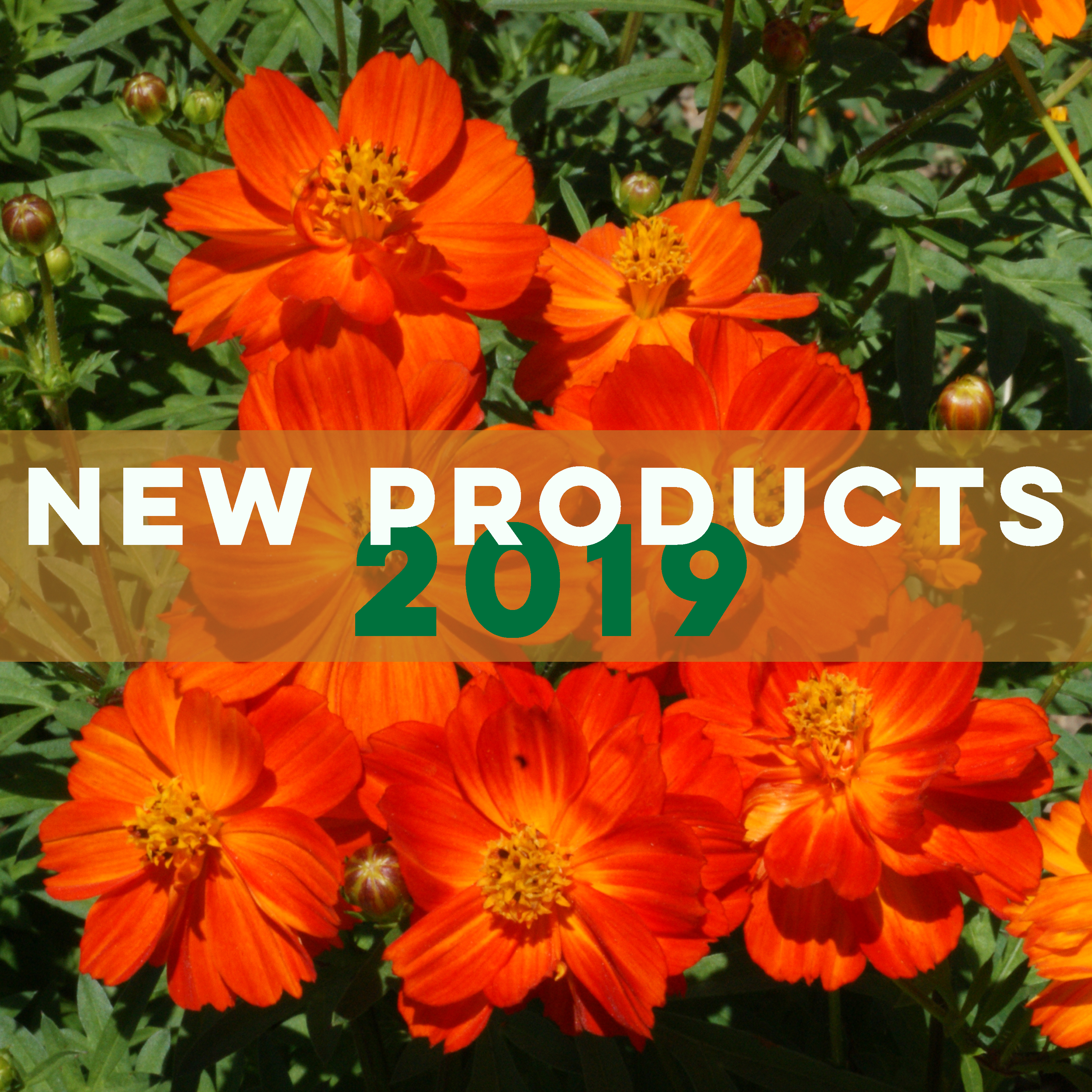
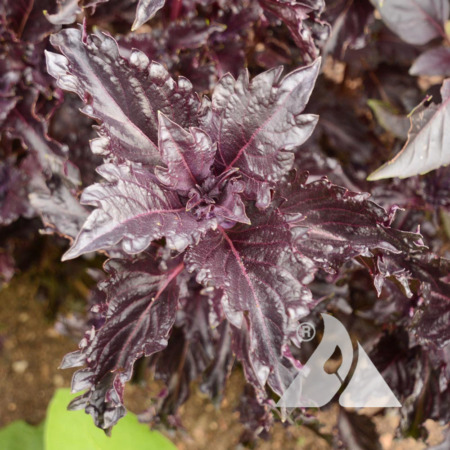
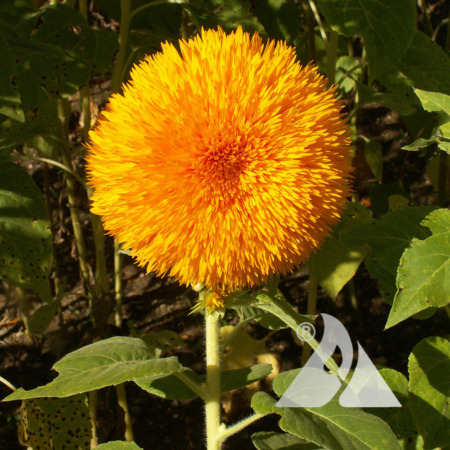
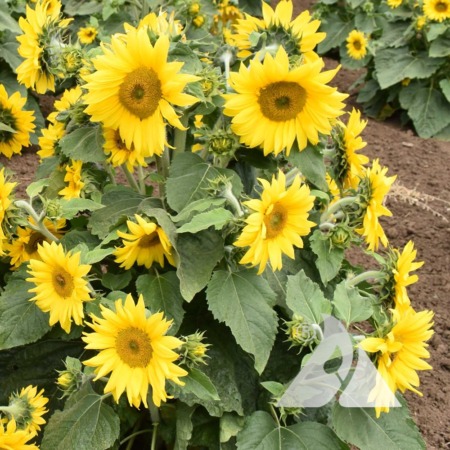
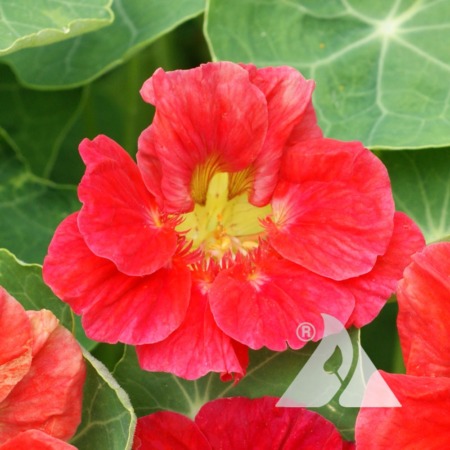
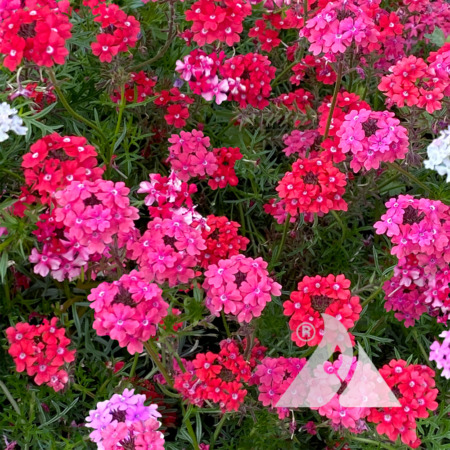
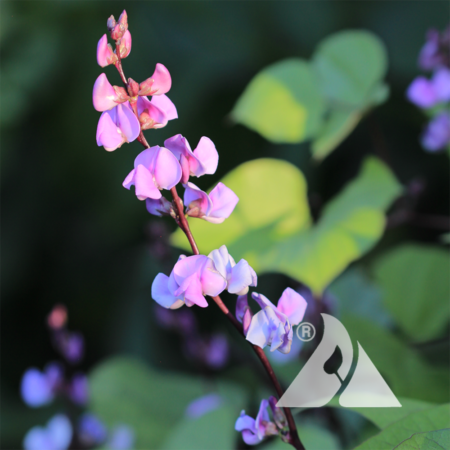
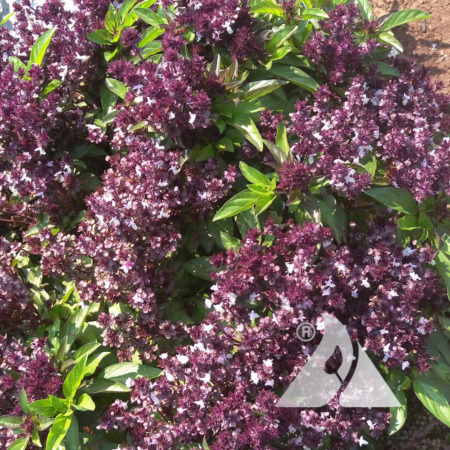
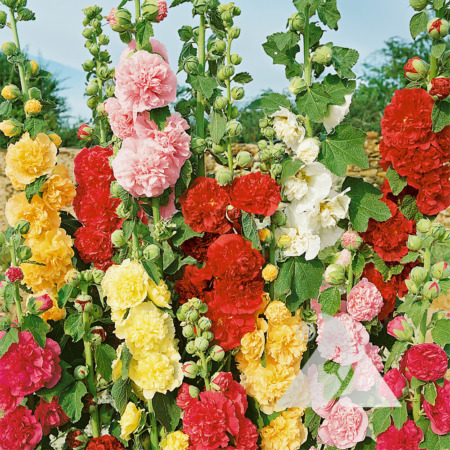
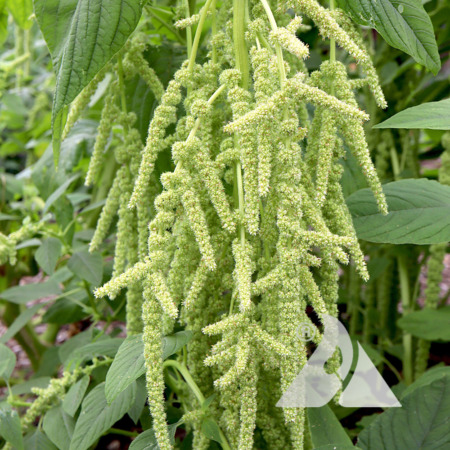
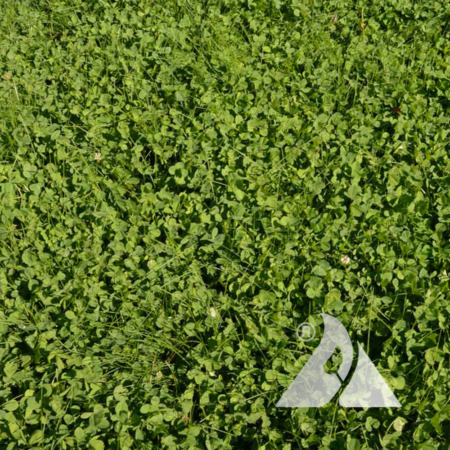


Applewood Seed Co. Announces Strategic Leadership Changes to Drive Business Growth
Applewood Seed Co., an employee-owned company, the leading supplier and wholesaler of open-pollinated flower seeds in the U.S., proudly announces two pivotal promotions within its leadership team. Mary Gomane has been promoted to Vice President of Sales & Production and Joe Eenigenburg has advanced to the role of Director of Sales & Marketing. These strategic […]
Using Flowers as Nature’s Solution to Water Conservation
In the realm of commercial landscaping, traditional turfgrass lawns still reign as the go-to for public and private projects. However in recent years, the practice of replacing turfgrass with flowers has steadily gained popularity, not only for the aesthetic appeal but specifically for the positive impact on water conservation and cost reduction.